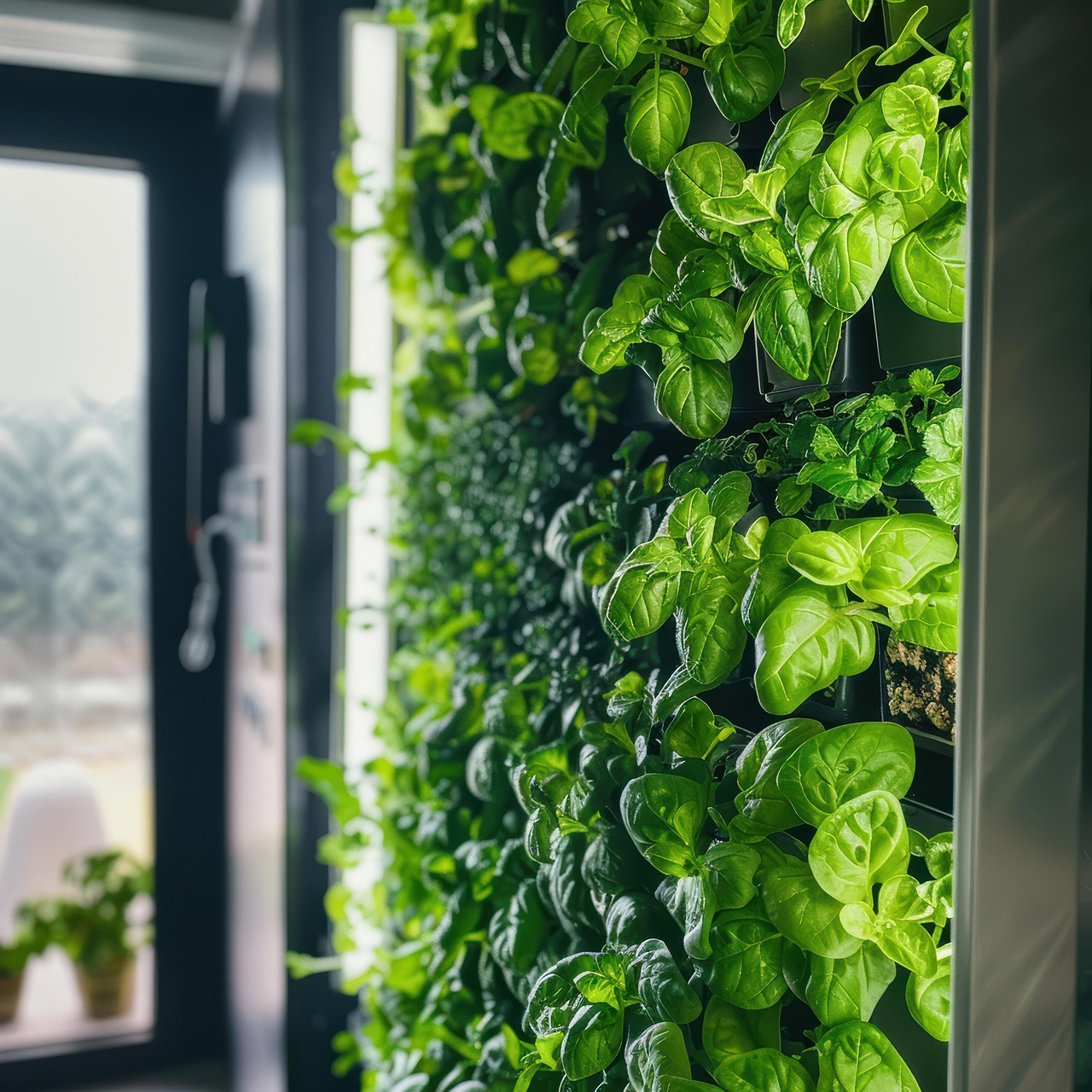Combating burnout with biophilic design
| Burnout, characterised by chronic workplace stress that has not been successfully managed, is an escalating issue in today’s fast-paced business environment. Symptoms include emotional exhaustion, reduced performance, and a feeling of detachment from one’s job. As businesses seek sustainable solutions to this problem, the integration of biophilic design offers a promising avenue. |

|
Contents |
[edit] Introduction
Biophilic design is more than just an aesthetic choice; it is grounded in substantial research that highlights the benefits of connecting people with nature. Studies such as 2023’s ‘Reap What You Sow’ have shown that environments enriched with natural elements such as plants, natural materials, and access to daylight can significantly reduce stress, enhance cognitive function, and improve overall wellbeing.
[edit] How plants reduce burnout
- Improved air quality: Plants are natural air purifiers, absorbing toxins and releasing oxygen. This improvement in air quality can lead to better concentration, reduced headaches, and fewer respiratory problems, all of which contribute to a more comfortable and less stressful working environment.
- Enhanced aesthetics: The presence of greenery can make a workspace more visually appealing and inviting. This aesthetic enhancement can boost mood and create a sense of calm, making the workplace a more pleasant and inspiring place to be.
- Stress reduction: The presence of plants has been shown to lower cortisol levels, the hormone associated with stress. This biological response helps employees feel more relaxed and less overwhelmed by their workloads.
- Boosted productivity: Environments that incorporate natural elements have been linked to increased productivity. The calming effect of nature can help employees maintain focus and work more efficiently, reducing the likelihood of burnout.
[edit] Success stories
Brodies LLP, Edinburgh: With a total of 257 live plant displays installed, there is a tangible feeling of nature throughout this modern working space. The building benefits from a BREEAM ‘Excellent’ rating and EPC ‘A’ rating, meaning that it is highly sustainable and environmentally sound. “Promoting well-being at work was key to the success of our new, flexible workspace,” Kay Quillan, Marketing Manager, commented. “Creative planting promotes that wellbeing, whilst complementing and enhancing the variety of workspaces.”
Healthcare provider: Creating a more soothing atmosphere for both patients and staff, integrating biophilic elements into the facility’s design, including a preserved moss wall and numerous potted plants, resulted in a significant decrease in reported burnout among staff and a more welcoming space for patients.
[edit] Implementing biophilic design in your workplace
For business owners looking to combat burnout and enhance their work environment, incorporating biophilic design can be a game-changer. Here are some steps to get started:
- Assess your space: Evaluate your current office layout and identify areas where natural elements can be integrated. Consider factors such as natural light, space for plants, and areas that could benefit from a touch of greenery.
- Consult with experts: Engage with specialists who can provide tailored solutions based on your specific needs and workspace constraints.
- Start small: Begin with easy-to-maintain plants and gradually expand. Even a few plants can make a significant difference.
- Encourage employee participation: Allowing employees to choose and care for plants can foster a sense of ownership and enhance the overall impact.
The power of plants in reducing burnout and enhancing workplace wellbeing is clear. Through biophilic design, business owners have a valuable ally in creating healthier, more productive work environments. By embracing the principles of biophilic design, you can transform your office into a haven of calm and productivity, ensuring that your employees remain engaged, happy, and far from the brink of burnout.
--CIAT
This article first appeared on CIAT's website on 1 May 2025, it was written by Benholm Group
[edit] Related articles on Designing Buildings
Featured articles and news
RTPI leader to become new CIOB Chief Executive Officer
Dr Victoria Hills MRTPI, FICE to take over after Caroline Gumble’s departure.
Social and affordable housing, a long term plan for delivery
The “Delivering a Decade of Renewal for Social and Affordable Housing” strategy sets out future path.
A change to adoptive architecture
Effects of global weather warming on architectural detailing, material choice and human interaction.
The proposed publicly owned and backed subsidiary of Homes England, to facilitate new homes.
How big is the problem and what can we do to mitigate the effects?
Overheating guidance and tools for building designers
A number of cool guides to help with the heat.
The UK's Modern Industrial Strategy: A 10 year plan
Previous consultation criticism, current key elements and general support with some persisting reservations.
Building Safety Regulator reforms
New roles, new staff and a new fast track service pave the way for a single construction regulator.
Architectural Technologist CPDs and Communications
CIAT CPD… and how you can do it!
Cooling centres and cool spaces
Managing extreme heat in cities by directing the public to places for heat stress relief and water sources.
Winter gardens: A brief history and warm variations
Extending the season with glass in different forms and terms.
Restoring Great Yarmouth's Winter Gardens
Transforming one of the least sustainable constructions imaginable.
Construction Skills Mission Board launch sector drive
Newly formed government and industry collaboration set strategy for recruiting an additional 100,000 construction workers a year.
New Architects Code comes into effect in September 2025
ARB Architects Code of Conduct and Practice available with ongoing consultation regarding guidance.
Welsh Skills Body (Medr) launches ambitious plan
The new skills body brings together funding and regulation of tertiary education and research for the devolved nation.
Paul Gandy FCIOB announced as next CIOB President
Former Tilbury Douglas CEO takes helm.
UK Infrastructure: A 10 Year Strategy. In brief with reactions
With the National Infrastructure and Service Transformation Authority (NISTA).























